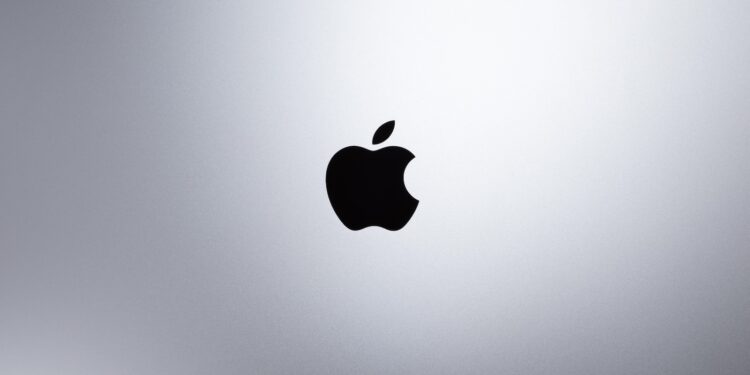Apple is about to take the next big step with the Mac operating system. Instead of a minor version jump, the new update will be called macOS 26. This alone suggests extensive changes. In addition to a new design, the update also brings limitations: Some older Macs will no longer be supported. Here's what to expect if you use a Mac—and whether your device will still be up to date.
The information on macOS 26 comes from various sources, including Bloomberg and AppleInsider. Bloomberg first reported that the upcoming macOS will not be numbered as usual (previously, we'd be at macOS 16), but will be called macOS 26. The new numbering indicates a major change. AppleInsider also cites anonymous sources who have taken an early look at the current pre-release versions. This reveals which Macs are expected to receive the update – and which models will no longer be supported.
These Macs are still compatible with macOS 26
According to sources, the current preview version of macOS 26 should work with the following Mac models:
- MacBook Pro from 2019
- iMac from 2020
- Mac Pro from 2019
- Mac mini with M1 or newer
- Mac Studio
- MacBook Air with M1 or newer
If you own one of these models, you can expect to receive the new update. It's notable that Apple continues to support some devices with Intel processors, such as the 2019 MacBook Pro and the Mac Pro. This fits the expectations of many observers, including Stephen Hackett, who recently wrote about this at 512 Pixels .
These Macs are expected to no longer be supported
According to the report, some models that currently receive macOS Sequoia are no longer compatible with macOS 26:
- MacBook Pro 2018
- iMac Pro 2017
- Mac mini 2018
- Intel MacBook Air from 2020
If you're using one of these devices, there most likely won't be official support for the new operating system. This doesn't automatically mean your Mac will be unusable—just that you'll no longer receive new system updates. Security updates may still be available for a while, but new features won't.
Restrictions even on supported devices
It's important to note: Even if your Mac is still supported, that doesn't mean you automatically have access to all the new features. In the past, Apple has repeatedly released certain features only for Macs with Apple Silicon—that is, models with the M1, M2, or M3 chip. This practice is likely to continue with macOS 26. Intel-based Macs will likely receive a stripped-down update with limited features.
When will macOS 26 be introduced?
Apple will unveil macOS 26 at this year's WWDC (Worldwide Developers Conference). The keynote will take place on June 9, 2025. There, Apple will provide the first official look at the new system. Developers typically receive access to the beta version immediately afterward, with the public test version usually following a few weeks later. The final release is expected, as usual, for this fall.
macOS 26 as a turning point for the Mac
With macOS 26, a new phase begins for Apple – with a new name, a new design, and clear limits on device support. For users of current Macs with Apple Silicon, the update will likely bring many new features. However, anyone still using an older Intel Mac should be prepared for the fact that macOS 26 could miss out on the last major update – or even be excluded. Whether your Mac will be included or not will ultimately be decided at WWDC. Until then, it's worth keeping an eye on the rumors and considering whether an upgrade to a newer model might make sense for you. (Image: Shutterstock / udovichenko)
- WWDC 2025: Apple skips iOS 19 and focuses on iOS 26
- Apple TV 4K: HomePod becomes a soundbar for the TV





